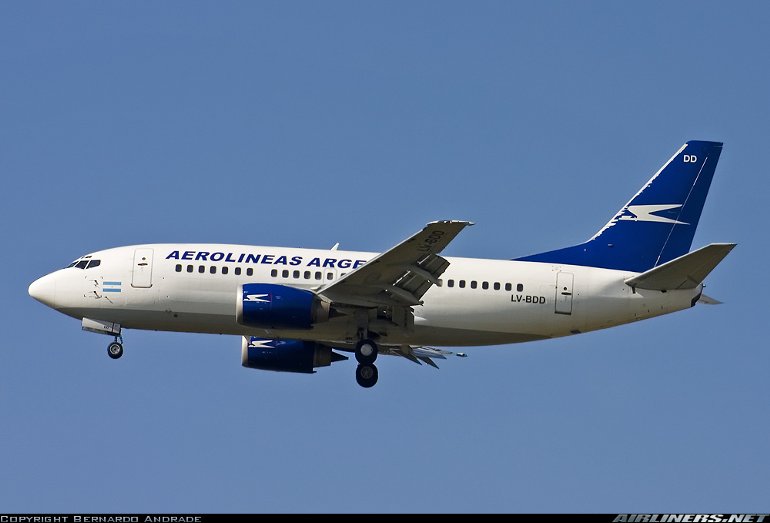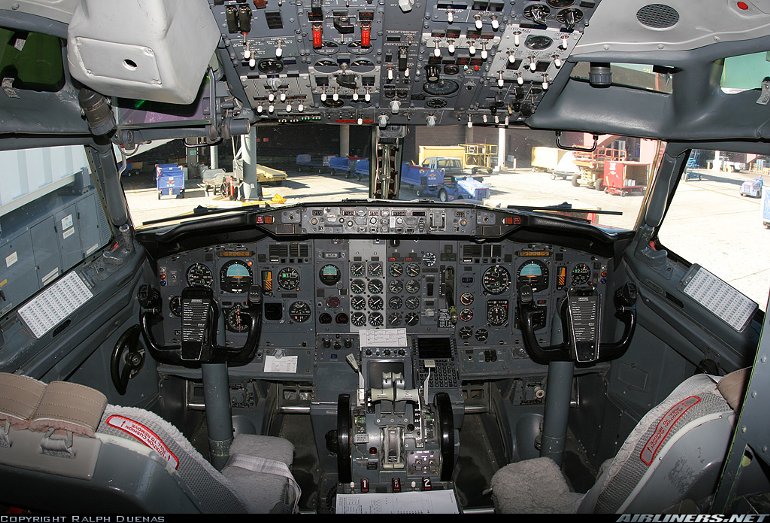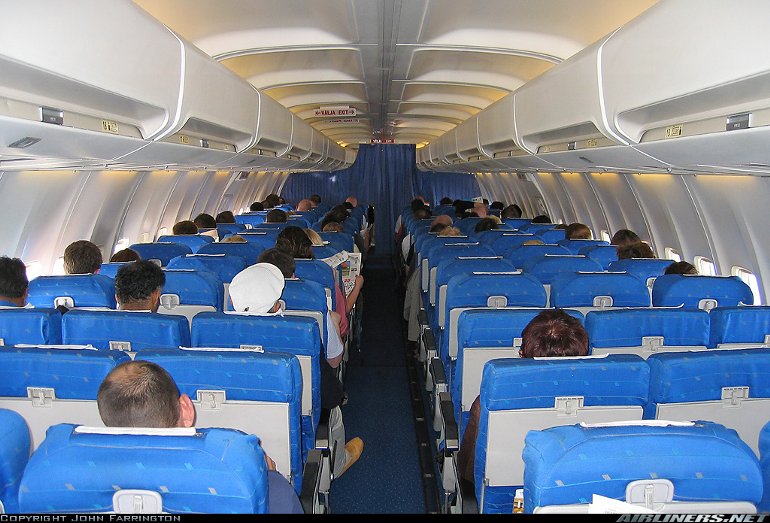Aircraft Technical Data
Boeing 737-500



| Details | |
| Country of Origin | United States of America |
| Type | Short to medium range airliner |
| History | The 737-500 is the shortest and smallest member of the second generation 737-300/-400/-500 family, and the last to be developed. When the new stretched 737-300 first appeared it was intended to supplement, rather than replace, the 737-200. However the evolution of the 737-300 into a family of models led to the development of a new model comparable in size to the 737-200, but offering better fuel economy and extensive commonality with the 737-300 and -400 models. This was the 737-500, known before its May 1987 formal launch as the 737-1000. Like the preceding 737-300 and 737-400, the 737-500 is powered by CFM International CFM56s turbofans, in this case either 82.3kN (18,500lb) CFM563B1s or 89.0kN (20,000lb) CFM56-3C-1s. All three second generation 737 models share extensive systems and structure commonality, and a common aircrew type rating. These benefits offer real cost savings to an airline with two or more variants of the family in its fleet. The 737-500 is 31.01m (101ft 9in) in length, comparable to the 737-200's 30.53m (100ft 2in) length, and as such is a viable direct replacement for the earlier type. Like the 300 and 400, a higher gross weight longer range version is offered, featuring auxiliary fuel tanks and uprated engines. The 737-500's first flight occurred on June 30 1989, FAA certification was awarded on February 12 1990, with service entry later that same month. The 737-500's main appeal is for operators of large 737-400 and 737-300 fleets, as because the 500 is a shortened development of the 300, it still carries much of the structural weight needed for the higher weight models. This makes it less efficient than if it was designed specifically for its size category, however for operators of large 737-300/400 fleets, the extensive commonality benefits more than compensate for this |
| Powerplants | Two 82.3kN (18,500lb) CFM International CFM563B1 turbofans, or 89.0kN (20,000lb) CFM56-3C-1s. |
| Performance | Max cruising speed 912km/h (492kt), economical cruising speed 795km/h (430kt). Standard range with max passengers 2815km (1520nm), higher gross weight option range with max passengers 4444km (2400nm). |
| Weights | Operating empty (standard and high gross weight models) 31,983kg (70,510lb), standard max takeoff 52,390kg (115,500lb), high gross weight max takeoff 60,555kg (133,500lb). |
| Dimensions | Wing span 28.88m (94ft 9in), length 31.01m (101ft 9in), height 11.13m (36ft 6in). Wing area 105.4m2 (1135sq ft). |
| Capacity | Flightcrew of two. Typical two class seating for 108 (eight first and 100 economy), or max single class seating for 132 at 76cm (30in) pitch. |
| Production | At late 1998 737-500 sales stood at 387, of which 383 had been delivered. |
| Related Links | Boeing 737-500 |
The backbone of this section is from the The International Directory of Civil Aircraft by Gerard Frawley and used with permission. To get your own copy of the book click here |
|








